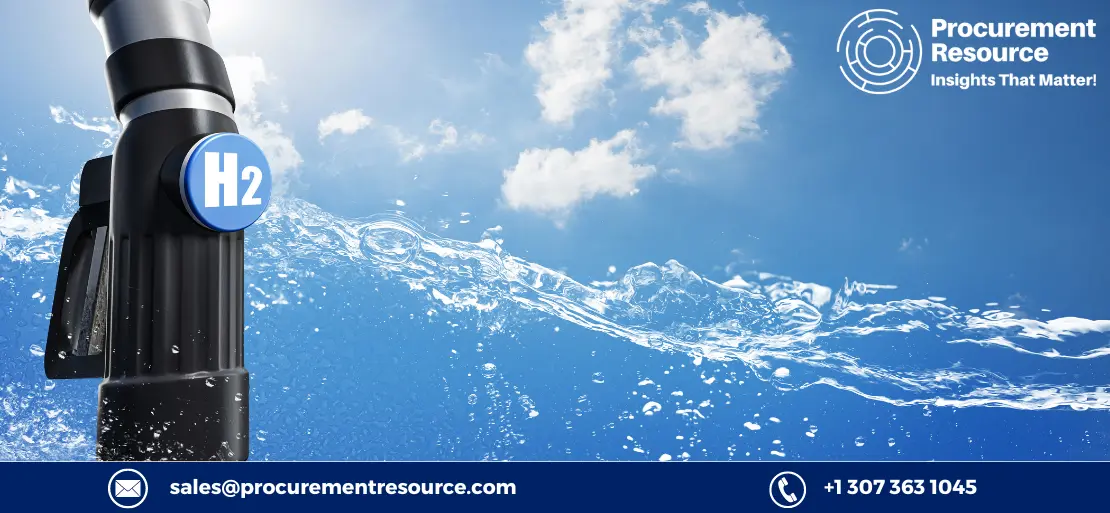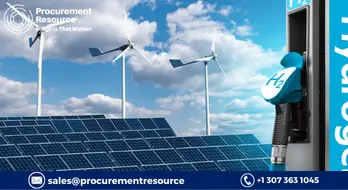BP Plans to Invest Euro 2 billion by 2030 in Spain to Produce Low-Cost Green Hydrogen

In order to produce low-carbon hydrogen and biofuels, BP intends to invest up to 2 billion euros (USD 2.12 billion) in its refinery in Spain by 2030.
In order to replace the toxic hydrogen used to produce fuels at the Castellon refinery, the British business plans to build a sizable plant to produce 2 gigawatts (GW) of green hydrogen by splitting water using renewable energy.
According to a statement from BP, the Hy Val project will also triple the refinery's current annual production of biofuels to 650,000 tonnes by 2030.
Also, green hydrogen will serve as a feedstock for the manufacturing of biofuels, such as sustainable aviation fuel (SAF).
The clean hydrogen will also be used in nearby industries like ceramics and chemicals. This emerging technology's production is still constrained by high costs.
2027 is the anticipated year for the first 200-megawatt hydrogen electrolyser unit, which will be able to produce up to 31,200 tonnes of green hydrogen annually.
To minimise greenhouse gas emissions, BP plans to lower its oil and gas output by 25% while dramatically expanding its production of low-carbon fuels and renewable energy by 2030, as per Chief Executive Officer Bernard Looney.
By 2030, BP wants to create between 0.5 million and 0.7 million tonnes of low-carbon hydrogen annually.
Because of its abundant solar and wind energy and close proximity to the sea, Spain hopes to play a significant role in the generation of low-carbon hydrogen and biofuels.
One of the biggest green hydrogen projects in Europe will receive 3 billion euros (USD 3.2 billion) in investment from the Spanish oil giant Cepsa.
Spain is establishing itself as the future leader in Europe's production of green hydrogen thanks to its abundance of sun and wind
Yet, some specialists in the energy sector express caution about expanding a sector that would be dependent on sharp gains in renewable energy.
The majority of hydrogen is now produced using fossil fuels. Renewable energy sources, including wind, solar, and hydropower, are used to manufacture so-called "green" hydrogen.
Why is green hydrogen generation crucial for Europe?
The hydrogen industry has grown in importance in Europe since Russia invaded Ukraine. The majority of the world's hydrogen is produced using natural gas, which is the second-largest producer in the world. The European Union is focusing on intra-bloc supply chains for its energy needs now that sanctions are in place.
The REPowerEU Plan, the EU's policy to eliminate Russian fossil fuels as soon as possible, is built on a foundation of renewable energy, including renewable hydrogen, according to EU Commissioner for Energy Kadri Simson.
Request Access For Regular Price Update of Hydrogen
Green hydrogen plays a crucial role in the EU's goal towards net zero while also enhancing energy security. The bloc aims to reduce emissions by 55% by 2030 compared to 1990 levels.
As part of this, it has been suggested that the EU import an additional 10 million metric tonnes of hydrogen and produce 10 million metric tonnes of renewable hydrogen by 2030.
By 2030, a hydrogen pipeline between Spain, France, Germany, and Portugal will be built to provide about 2 million metric tonnes of hydrogen to France each year.
Why is Spain in an advantageous state to be a leader in producing green hydrogen?
According to the national meteorological service, Spain's vast, windswept, and sparsely inhabited area experiences more than 2,500 hours of sunshine annually. Due to these favourable circumstances, green hydrogen can be produced using wind and solar energy.
A Hydrogen Roadmap was unveiled by the Spanish government in 2020. Spain currently has 15.5 gigawatts of capacity compared to its original 2030 goal of four gigawatts, meaning the country has already quadrupled its green hydrogen capacity targets.
Spain will contribute 50% of the increase in Europe's dedicated renewable capacity for hydrogen production, the International Energy Agency predicted in December.
Green hydrogen's greater price compared to highly polluting grey hydrogen obtained from natural gas has received criticism.
Read More About Hydrogen Production Cost Reports - REQUEST FREE SAMPLE COPY IN PDF
Lepercq contends that the cost of solar energy generated in Spain is competitive enough. He is collaborating with businesses like the Spanish gas pipeline company Enagas and the multinational steel giant ArcelorMittal to develop a system for affordable, environmentally friendly hydrogen generation, distribution, and supply.
As per Procurement Resource, By 2030, BP plans to invest up to 2 billion euros (USD 2.12 billion) in its refinery in Spain to produce low-carbon hydrogen and biofuels. The British company intends to construct a huge facility to produce 2 GW of green hydrogen by splitting water using renewable energy in place of the poisonous hydrogen used to make fuels at the Castellon refinery.




